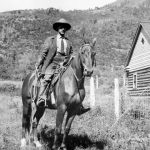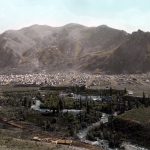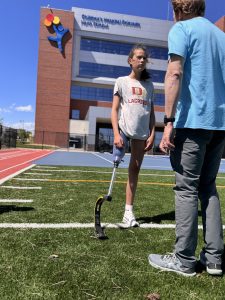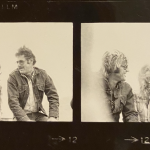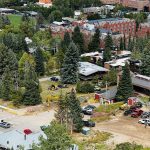Beyond the Algorithm: Back into balance
A conversation with Ben Dowson, CBSI | BRM | FRCms, on structural therapy, movement, and Aspen longevity
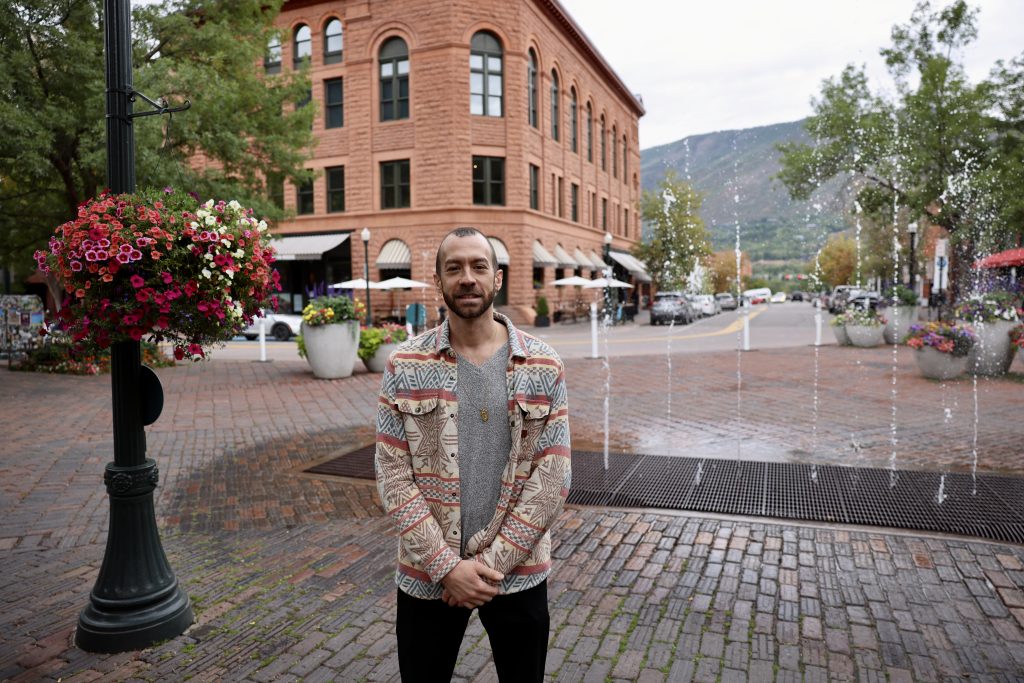
Courtesy photo
Ben Dowson has spent his life in motion — climbing, skiing, gymnastics — and testing the limits of what the human body can do. Along the way, he sustained injuries that led him down a path of discovery, eventually culminating in the inception of Structural Therapeutics, his practice in the Roaring Fork Valley.
Today, he works with everyone from elite athletes to grandparents who just want to keep lifting their grandkids, guiding them toward pain-free movement and long-term resilience. In Aspen, where longevity on the mountain matters as much as any personal best, Dowson is rethinking what it means to stay in the game.
Q: So what is structural therapy?
Ben: It is essentially structural bodywork training and joint prep work. For example, if you wake up one day and your knee hurts in the absence of an acute injury, I don’t just look at the knee; I look at the hips, the ankle, the mechanics of how you actually move. From there, we build a program that combines deep tissue work, joint range of motion work, and weight training that is aimed at treating the root cause, what I call the ‘layers of compensation.’
Q: How did you get into this field of work?
Ben: I’ve spent a good portion of my life as an athlete — climbing, skiing, gymnastics, you know, things that often get you injured. About eight years ago, I had a whole bunch of problems. I tried massage, chiropractic, and all these things.
I ended up getting directed to work with a Rolfer in Denver. I did a 10-series with him, which is the Rolfing format, and it consists of 10 sessions where you address the whole body. And through that process, I became fascinated by the human system and the complexity of what pain is and what it means.
Q: Is there something about your ethos that sets you apart from the mainstream?
Ben: Over the years, I’ve just realized that I think about injury and pain fundamentally differently from how I think the majority of the medical profession does. You know, generally people say things like, “Oh, I hurt my knee, I need to rest it, I need to take some time off of it.” And sometimes that can be useful, but more often than not, more movement is better, because the tissue is craving information.
Think of when a wild animal gets hurt — it doesn’t stop and rest, ice, compress, elevate. It keeps moving because biological systems are built for efficiency and to survive. We’re the same way. The difference is we have the capacity to pick apart the problem more intelligently, to give the right input at the right moment so the body can figure out how to heal itself.
Also, pain is multifaceted. We are more sensitive to pain when we are underslept or overstressed. It doesn’t necessarily mean that something is broken, but so often that is how we think about it. Pain is more like a warning light, and I believe there is a lot of value in getting curious about what our systems are trying to tell us.
Q: Can you share a story that captures what you do?
Ben: A friend of mine was in a heli-skiing accident a couple of winters ago. He fell on a technical section and tomahawked into a fallen tree. He partially tore his MCL and fractured his femur, where a piece of the bone came off with the MCL attachment. Fast forward eight or nine months, and he still couldn’t bend his knee past 120 degrees, and his physical therapist started to question if he would be able to regain full flexion.
He decided to come and see me, and we did three long-format sessions over a couple of weeks. When he came in for the third one, he told me that his physical therapist couldn’t believe the progress he had made. We had increased his range of motion by 20+ degrees, which is huge considering the time frame. We turned the tide in his recovery process, and he had hope again. He and his team of therapists and surgeons still had a lot of work to do, but that initial breakthrough had galvanized his will to push on.
Q: What’s your favorite part of your work?
Ben: Showing people that their pain and limitations aren’t permanent states. I think of a woman who had several cervical fusions with severe range of motion limitation and pain. After about an hour of work, she teared up and said, “Oh my god, I can move my neck again. I haven’t been able to do this in 10 years.” I celebrated with her before explaining that this freedom of movement was only a ‘window of opportunity.’
I told her the pain and limitation would come back in the short term, but with specific training and targeted treatment, a better quality of life is more than possible.
That moment of realization I see in my clients — that it’s possible, that you don’t have to live in pain forever — is the most rewarding part of what I do.
Q: Is there any advice you could give to a future client that would help them take full advantage of your therapy?
Ben Understand that the process is in your own hands. The goal is to build up to a point where you are stronger than you were before the pain started, and that takes weeks, maybe months of dedication.
Q: You’ve had me on your table for the whole conversation thus far. What’s your assessment?
Ben: You are a runner who gets an insane amount of vertical mileage. By nature of pounding out as much trail as you do, certain structures will be forced to exceed their ‘force tolerance.’ Without getting too deep into the weeds, this means that you are over-reliant on certain structures while others are underperforming. This is how we get injured.
When I pressed into your calves, especially the soleus (deep calf muscle), the sensitivity was immediate — you were practically jumping off the table. That kind of reaction tells me the nervous system is guarding hard. What you’re feeling there is neurological tightness, which is mediated by your brain and nervous system.
Q: So the pain is technically in my head?
Ben: In a way, yes. If I put you under anesthesia, your calf would be a limp noodle. That’s very different from mechanical tension, where the body has laid down disorganized scar tissue. With you, the nervous system has decided this is the safe range, and it’s holding on.
The work is about retraining that system — applying directional force, loading the tissue just below its threshold of tolerance. It’s not just a calf problem; it’s how your whole structure is compensating, from the ankle up through the pelvis and spine. My role is to guide that process so you can restore balance and keep moving without breaking down.
Q: You’ve been working in the valley for a few years now. How do clients find you?
Ben: It’s been basically entirely word of mouth for as long as I’ve been in business. I just put up a new website, I’m building an email marketing campaign, and I have a referral program that includes a discount for the person referred and the referral source. Relationships in this valley are everything. There’s no better advertising than an ecstatic client who you’ve really helped.
Q: What advice would you give someone just starting in this field?
Ben: Learn as much as you can and question everything. Particularly in this field, I think there are a lot of people who say they have the answer. And I think it’s important to learn from a bunch of different sources and people. Look at the science, look at the literature, and if you’re just starting out, join a clinic and gym and start interacting with clients as soon as you can, because that’s where you learn the most.
Q: What’s your long-term vision for Structural Therapeutics?
Ben: Ideally, if I could see 20-25 people consistently every week, that would be about the reach I’d be able to handle by myself. Long-term, I’d love to have a facility where I can train people and hire others to help, but that’s projecting into the future. One step at a time!
For Ben Dowson, his modality and practice aren’t about chasing a quick fix for pain. It’s grounded in showing people that their bodies can change, that pain doesn’t have to be permanent, and that motion itself can be medicine.
Whether he’s helping a mountain runner like me tune up or giving someone the chance to turn their head for the first time in a decade, his work is rooted in possibility. And in a valley where people come to push limits — on skis, bikes, or trails — the ability to move with vigor is priceless.
Bryan Welker lives and breathes business and marketing in the Roaring Fork Valley and beyond. He is President, Co-founder, and CRO of WDR Aspen, a boutique marketing agency that develops tailored marketing solutions. Who should we interview next? Reach out and let us know bryan@wdraspen.com.



